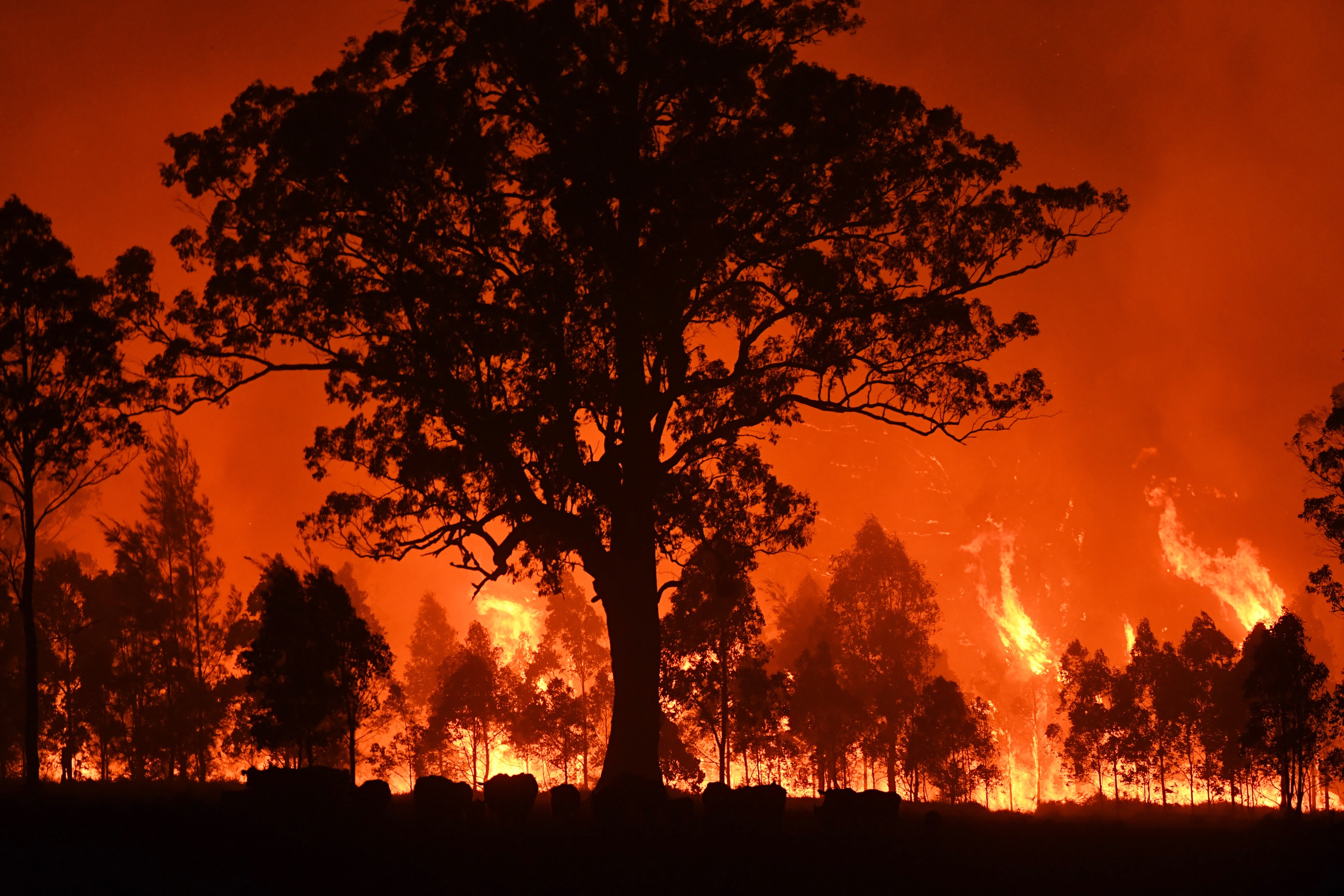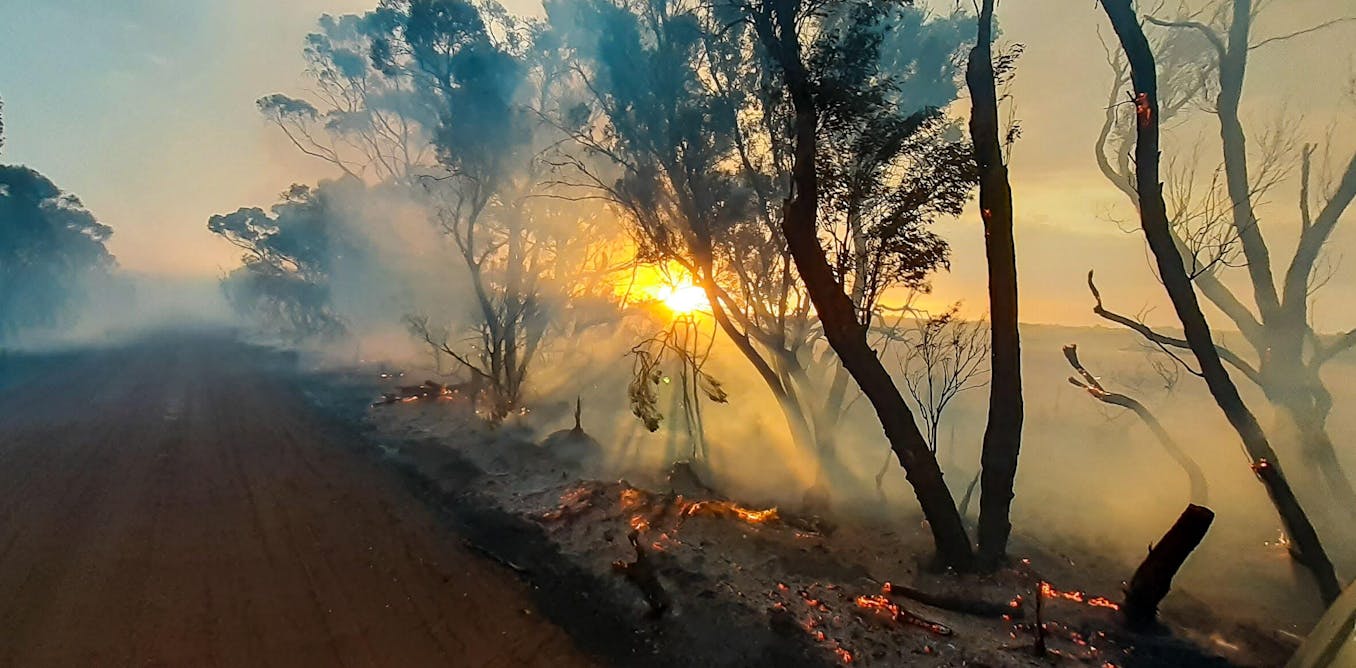Guarding Your Home: The Critical Role of a BAL Report in Bushfire Preparedness
Guarding Your Home: The Critical Role of a BAL Report in Bushfire Preparedness
Blog Article
Ensuring Shrub Fire Protection With Correct BAL Record Evaluation
In the world of bush fire security, the careful evaluation of Bushfire Strike Degree (BAL) reports stands as a cornerstone for protecting residential properties against the damaging effect of wildfires. With environmental aspects and home characteristics playing substantial functions in identifying the degree of risk, a detailed understanding of BAL scores becomes necessary.
Comprehending Bushfire Strike Level (BAL)
In the realm of bushfire protection, understanding the Bushfire Strike Level (BAL) is critical for ensuring efficient mitigation approaches. Recognizing the BAL rating of a residential property is essential for building contractors, proprietors, and policymakers to execute suitable steps to safeguard versus bushfire threats.

Value of BAL Report Evaluation
A crucial element in bushfire protection planning involves the thorough analysis of BAL records to analyze the possible dangers and determine ideal mitigation techniques. BAL records offer vital details about the prospective effect of bushfires on a residential property based on different aspects such as plants kind, range to possible fire hazards, and slope of the land. Evaluating these reports with precision is paramount in establishing reliable bushfire defense measures tailored to the certain risk account of a property.
Carrying Out Fire Protection Procedures
Executing reliable fire security actions is essential for safeguarding residential properties in bushfire-prone areas. One of the key methods to enhance fire security is by creating defensible area around structures. This includes clearing up flammable plants, such as dry leaves and branches, within a particular span of the home. In addition, installing fireproof roofing materials can aid decrease the threat of embers sparking the roof covering during a bushfire. Effectively maintained screens and seamless gutters are also important to protect against debris accumulation that could fuel a fire.
In addition, having a adequate and well-maintained water system, such as a storage tank or swimming pool, can aid firemans in their initiatives to protect the home. It is very important to have a clear discharge strategy in position and to guarantee that all locals recognize with the procedures. In addition, having firefighting tools conveniently offered, such as hose pipes and fire extinguishers, can aid in taking on little spot fires prior to they intensify. In general, implementing a mix of these fire security steps can significantly raise the possibilities of safeguarding residential or commercial properties throughout bushfire events.
Mitigating Risks in Fire-Prone Locations
To fortify residential properties read this article versus bushfire hazards, a calculated emphasis on mitigating threats in fire-prone areas is crucial. One essential aspect of danger reduction is keeping defensible area around homes by getting rid of combustible plants, making sure sufficient spacing between structures and trees, and using fireproof landscape design methods.
Additionally, constructing or retrofitting structures with fire-resistant materials and ensuring correct maintenance of roofing systems, gutters, and exterior cladding can substantially enhance the residential property's durability to bushfires. Developing and exercising a bushfire emergency situation plan with all occupants, consisting of evacuation treatments and communication strategies, is likewise important in mitigating threats successfully. By adopting an aggressive method to risk reduction in fire-prone areas, building owners can much better safeguard their properties and improve total bushfire preparedness.
Ensuring Property Security and Resilience
Making sure the safety and security and resilience of residential properties in fire-prone locations requires an unfaltering dedication to robust preventative measures and calculated preparation. Property safety begins with executing reliable measures to decrease fire dangers.
Durability, on the various other hand, entails the capacity of a residential or commercial property to stand up to and recoup from a bushfire. By proactively dealing with these aspects, home proprietors can better protect their assets and liked ones from the danger of bushfires.
Conclusion
In final thought, ensuring bushfire protection via proper BAL record evaluation is crucial for recognizing the level of danger postured by bushfires and carrying out essential fire defense procedures. By minimizing threats look at this website in fire-prone locations and ensuring building security and resilience, communities and people can better prepare for and reply to bushfire events. It is essential to prioritize fire precaution to shield lives and residential or commercial property in these high-risk atmospheres.
In the realm of bush fire security, the careful evaluation of Bushfire Strike Degree (BAL) records stands as a keystone for safeguarding residential properties versus the terrible effect of wildfires (BAL Report). Comprehending the BAL score of a building is crucial for residential or commercial property policymakers, proprietors, and building contractors to execute proper actions to guard versus bushfire threats

BAL records provide vital information about the prospective influence of bushfires on a home based on various aspects this hyperlink such as greenery type, distance to prospective fire threats, and incline of the land (BAL Report). Overall, implementing a combination of these fire protection steps can substantially boost the opportunities of guarding properties during bushfire events
Report this page